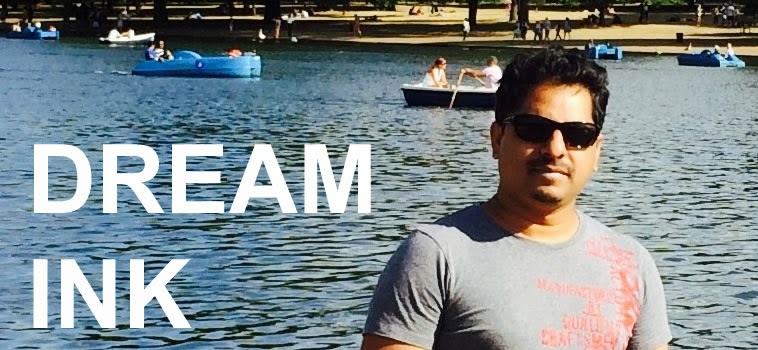What lessons can we draw from Radiagate in India and WikiLeaks’ Cablegate?
While I was away in rural India, disconnected from the Internet and television, two major stories broke that I believe would have far-reaching ramifications on an ancient art—the art of conversation.
As technology is driving changes in all aspects of our lives, it will affect the art of conversation too. The way people talk, especially those with power, pelf and influence, will have to change in the age of a protean and ever-agile media. You never know who is eyeing you with a camcorder. In the age of cheap electronic surveillance systems, every bloke is a potential Sherlock.
In India, the Niira Radia tapes (called Radiagate by Indian newsmagazine Outlook) involving India’s major corporate leaders, journalists, politicians (including the controversial D. Raja of the alleged 2G scam) and a lobbyist, Niira Radia, took the Indian media by storm last week. These are recordings of 104 phone calls by Niira Radia, founder of Vaishnavi Communications, to various Indian power brokers.
Among others, the conversations between Radia and key media people in India, recorded at the behest of the Income Tax Department, exposed the rot in the corridors of power which are equally pounded by babus, netas, journalists, and wheelers and dealers of all hues to subvert democratic institutions and processes in a shameless manner.
In this case, the allegations against some senior journalists are that they are too close to lobbyists and that they acted as go-betweens for fixing political deals. At least one of the journalists involved in the affair, Burkha Dutt of NDTV, has protested against the insinuations of her corruptibility. Gullibility and error of judgment, yes, she says in her defence, but nothing more should be read in her conversations with Radia.
Writing in the Outlook, senior Indian journalist S. Nihal Singh commented: “Perhaps the most disturbing aspect of the tapes’ content is not merely the chumminess of senior journalists with members of the corporate world but their willingness to be of service to individual politicians by lobbying for them with persons able to swing jobs” (Past Isn’t Perfect. But.).
When senior journalists were caught on tape throwing into thin air their professional distance with a lobbyist (who works for Ratan Tata and Mukesh Ambani), India’s mainstream media hesitated to cover the story. Some suspected a closing of ranks against a common enemy: the wide-eyed public, sections of which refuse to be dumbed-down despite the media’s constant efforts. ‘A crow doesn’t eat another crow’s meat,’ commented a politician on the media’s collusion to suppress the story.
It was due to people’s pressure through the social media (Twitter and Facebook) that forced the mainstream media to highlight the Niira tapes in their coverage. Soon, a miffed Ratan Tata moved the Supreme Court to restrain the media companies from publishing the tapes’ content as it violated his privacy. Tata, chairman of the Tata Group, warned in his petition that India is on the path to becoming a “banana republic”.
But was it the right move by a much respected corporate leader? A commentator said that by moving the Supreme Court to have these tapes removed would make many people feel that the Tatas have something to hide. He has got a point there, hasn’t he?
As the Radiagate discussion rages on in India’s television studios and people’s drawing rooms, the debate is focused on media ethics and the rising power of the social media. Mainstream media have realised that even though they would want to downplay a story to protect their ilk, social media will not sit tight and will ultimately force their hand.
WikiLeaks’ Cablegate
The other story, the latest release of hundreds of thousands of secret diplomatic cables by Wikileaks (dubbed as Cablegate), caused waves around the world’s diplomatic circles. Washington’s diplomats were aghast as their leaders’ unpalatable remarks and agendas were brought into the public domain. There was outrage in Iran and Pakistan and some tattling in Singapore over Minister Mentor Lee Kwan Yew’s remarks over the “psychopathic” North Koreans.
This is outrageous, screamed the mighty of the world. Is nothing sacrosanct anymore? they asked.
In an editorial, The New York Times said the world works on certain principles and following those principles makes our world safe and well-ordered (and less chaotic). In its view, the WikiLeaks’ co-founder Julian Assange (picture), now wanted by the Interpol, is an anarchist with little respect for those who run the world. In other words, Assange’s revelations challenge the world order and scuttle the power of those who guard it. Naturally, they would want this whistleblower’s back.
Yet nothing dramatic will come out of either Radiagate or Cablegate (Maybe Radia will lose her business and Assange will be arrested or assassinated). But, by and large, this too shall be forgotten. The moral standards of the world’s movers and shakers have sunk so low (what did you expect? you might well ask) that they can lie with impunity and defend themselves with a polished and aggressive cool once their faces are painted with studio make-up.
In the long run, perhaps, the Niira tapes in India and Assange’s leaks will teach one lesson to those who deal with power. Be cautious. Mind what you talk, how you talk and who you talk with. The lesson applies to corporate leaders too.
While I was reading stories about Radiagate and Cablegate in the media, I remembered what Google’s CEO Eric Schmidt once said controversially: Don’t do anything that you shouldn’t be doing. Though he was talking in the context of youngsters and their frank no-holds-barred approach to social media, his avuncular advice might be handy for grown ups too. The tape and the camera can be used to frame and beat the powerless but in the hands of the zealous, it can turn its lens back on the powerful. That, for me, is the main lesson of Radiagate and Cablegate.
